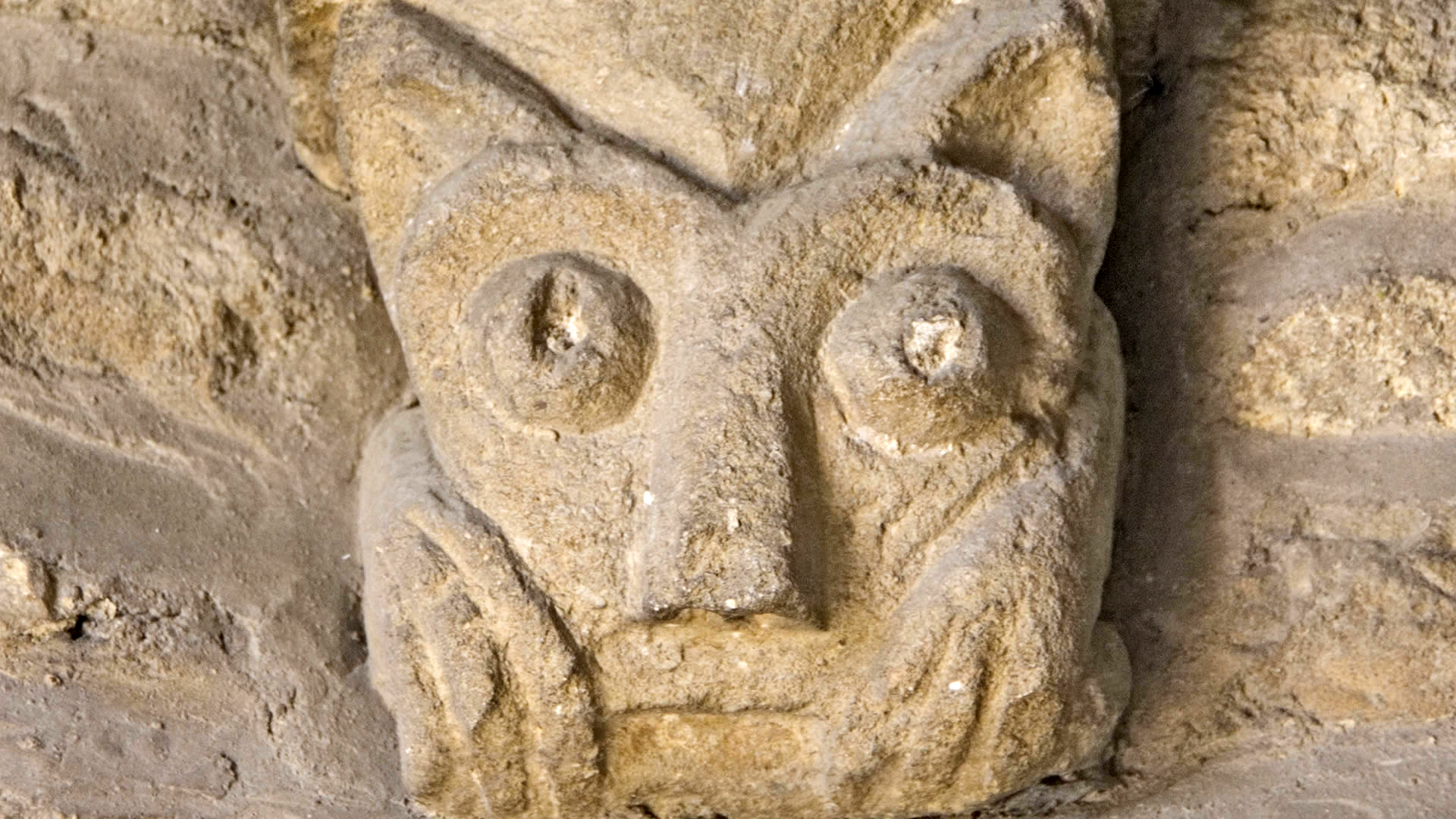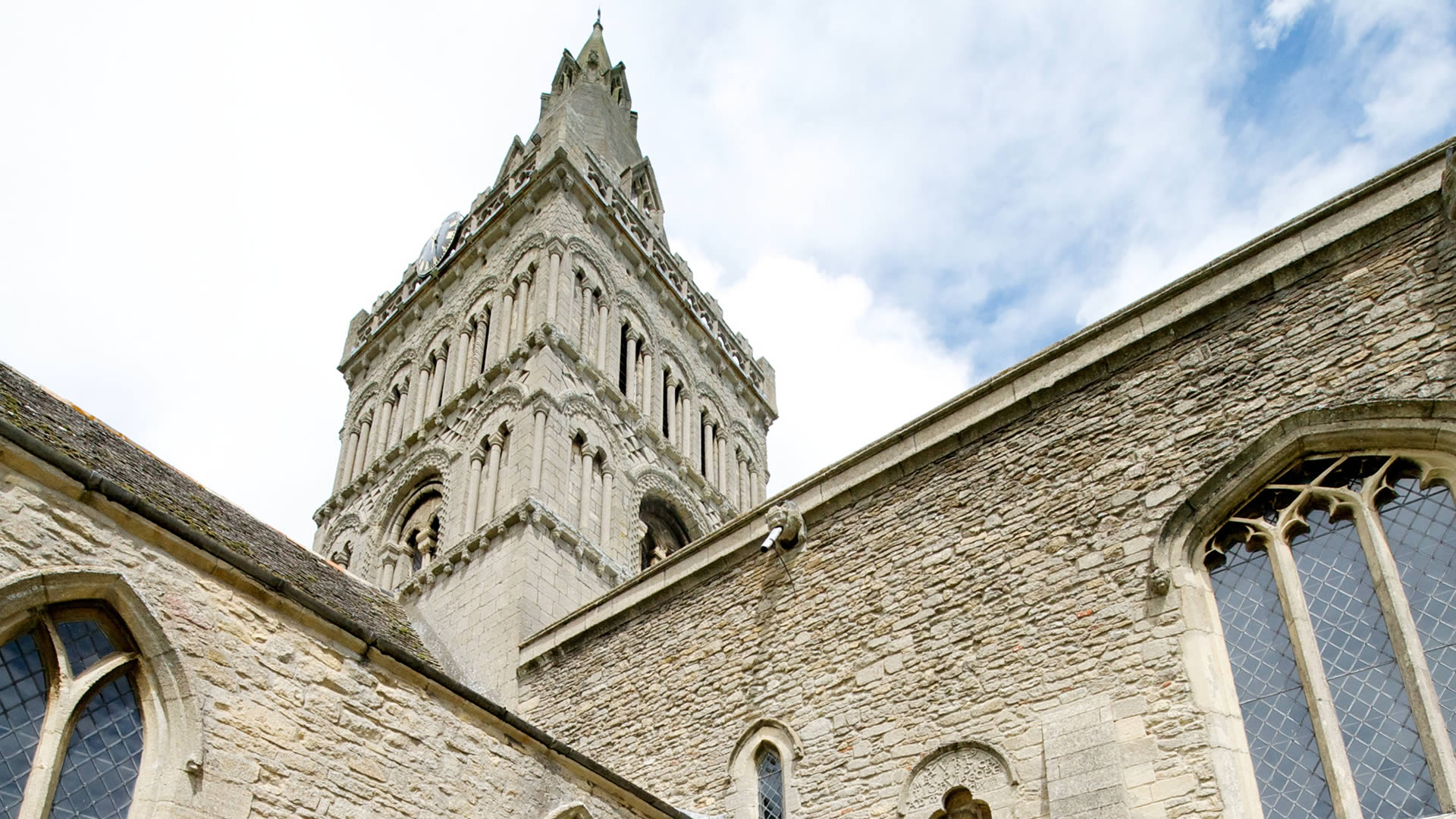By 654, a marriage was being negotiated between Peada, son of Penda, and Alhflaed, daughter of Northumbrian King Oswy. The Northumbrian king stipulated that first Peada must accept Christianity. He appeared prepared to do so whether he won the hand of the maiden or not and was baptized by Finan, the Celtic Bishop of Lindisfarne.
The royal couple returned to Mercia and may have taken up residence on the site of the huge but derelict Roman Praetorium on the terrace at Castor.
Peada had already been appointed by his father as sub-king of the Middle Angles, whose province covered Northamptonshire and Leicestershire.
Peada’s sisters, Kyneburgha and Kyneswitha came south too and established a convent here in Castor in the Celtic tradition but possibly on the site where Romano-British people worshipped to the Roman tradition. (Above: Saxon carving likely to be from Kyneswitha’s tomb)

The Celtic Christian foundation at Castor was established by Kyneburgha, aided by her sister Kyneswitha. After their deaths circa 7C a shrine was established in this Saxon minster church, to the two sisters and it became a place of pilgrimage. Later,outlying chapels were built at Ailsworth(no longer exists), Sutton, Upton, Milton and Marholm.
Viking raids, probably on several occasions from 870AD onwards ruined the fabric of Castor Church by 1012. Kyneburgha’s remains were removed to Peterborough Abbey for safe keeping by Abbot Elsinus.
The Normans rebuilt the church, re-using some of the Roman and Saxon fabric especially for the nave, and it was re-dedicated on 17 April 1124. This re-building gave us the nave, the remarkable tower, most of the transepts and the capitals that we see today.
By 1330 the church was almost complete as it is now seen, with the exception of alterations to the roof line about 1450, including the magnificent carved angels and other figures. These were restored to their former glory in 1973.





